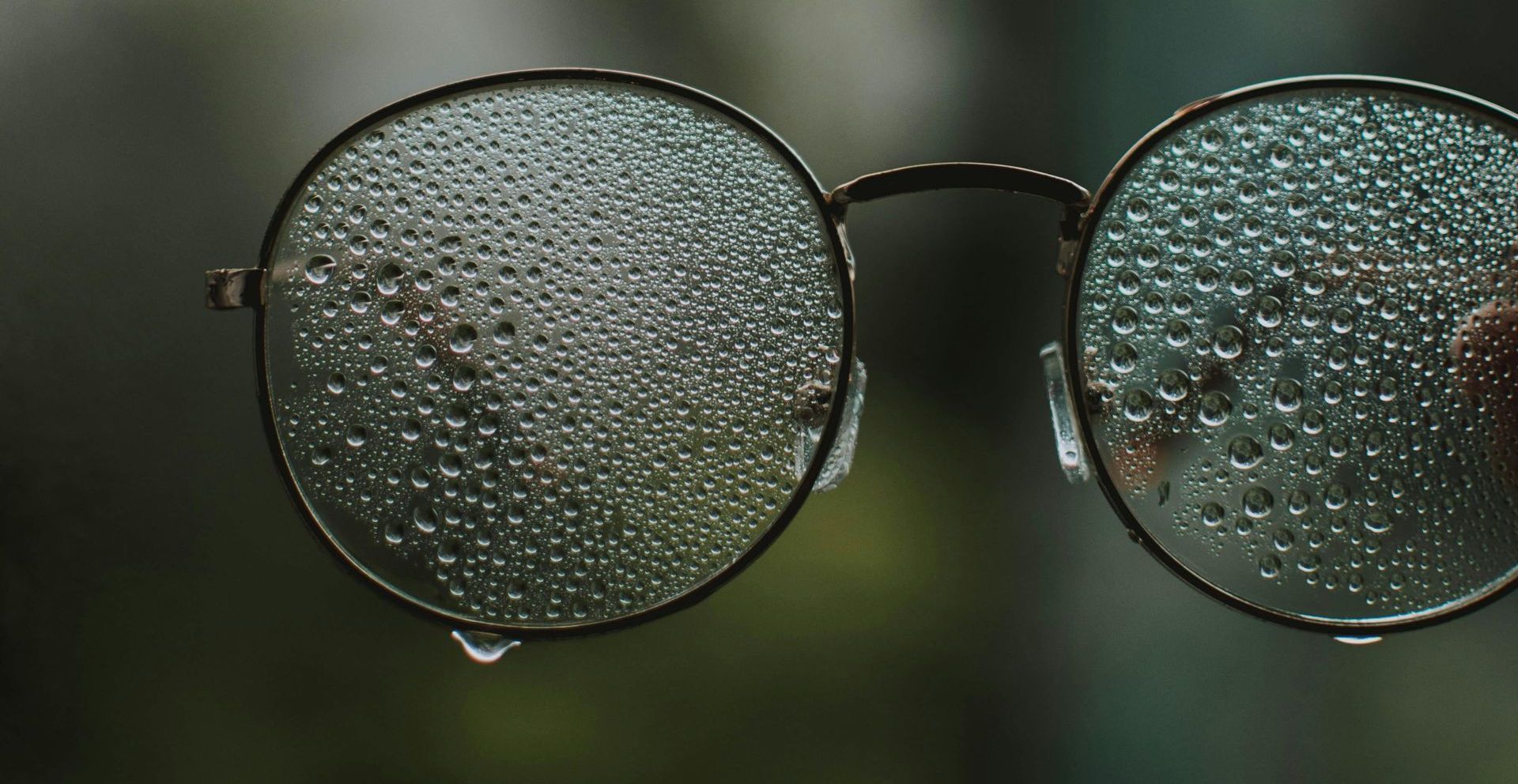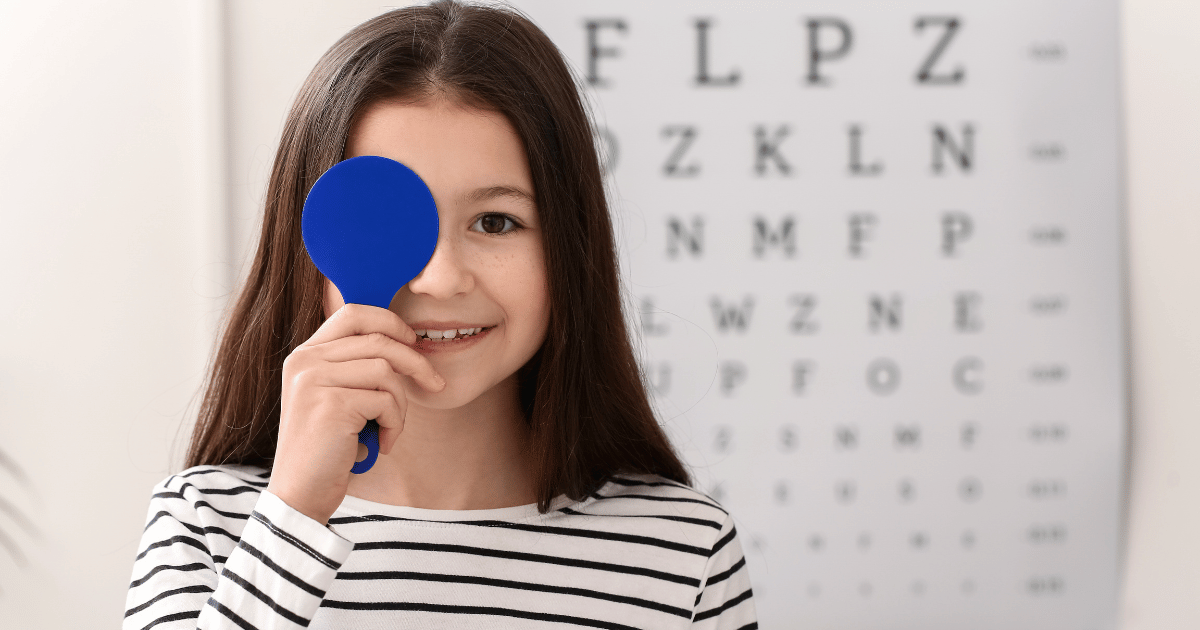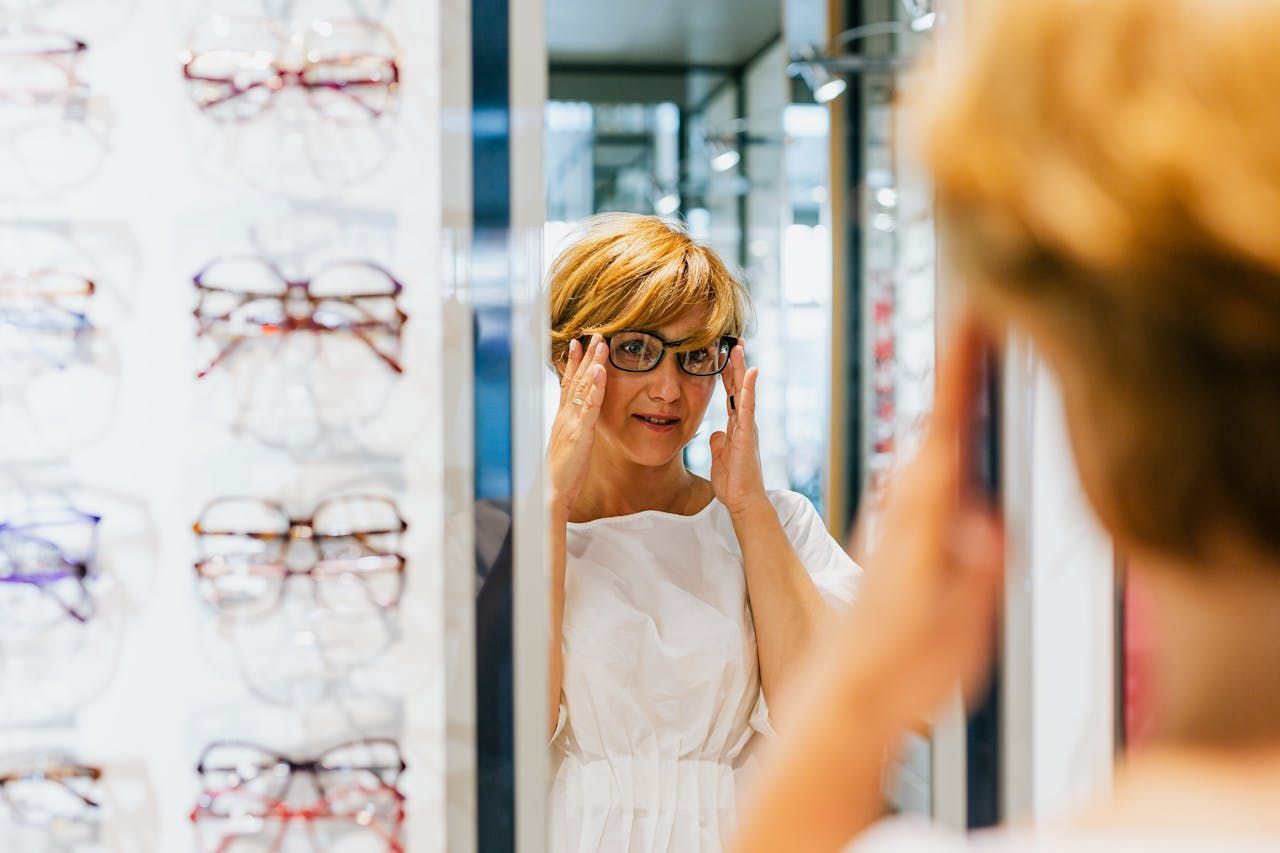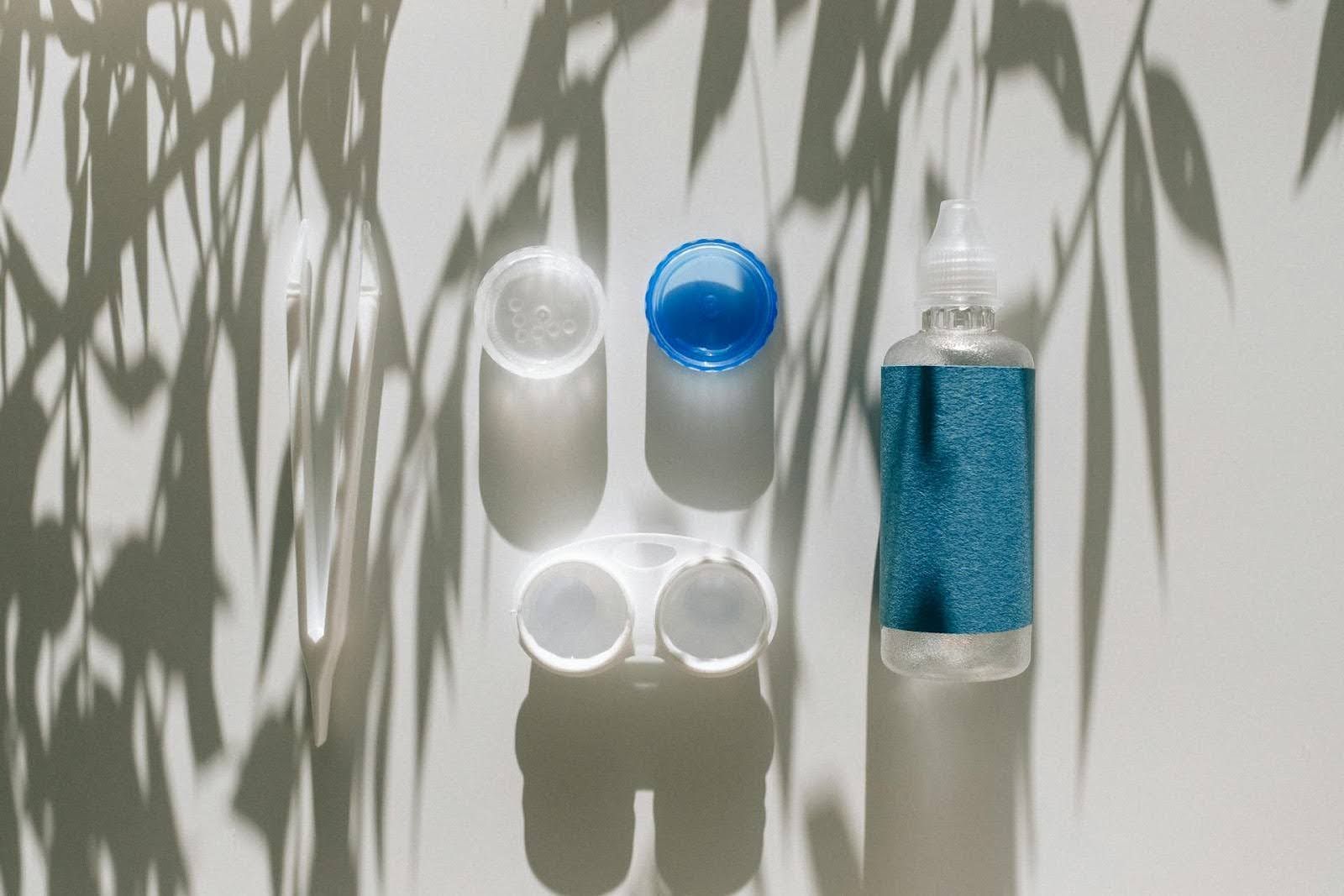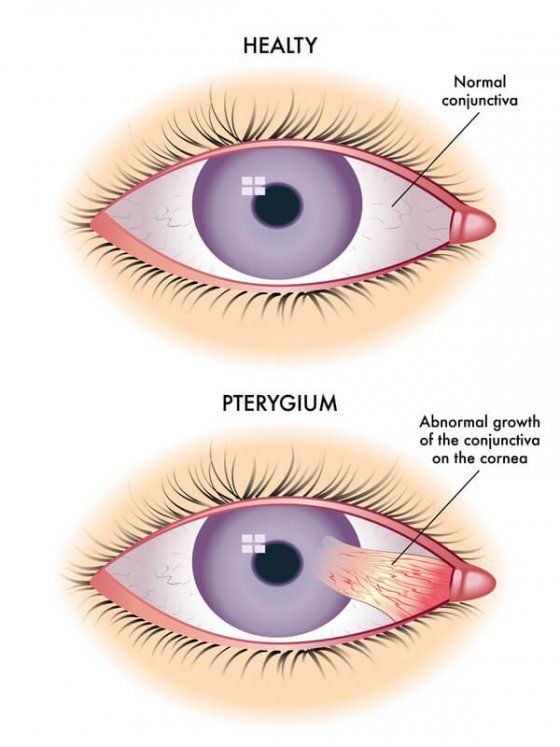National Eye Health Week
Bringing Awareness about your Eye Health
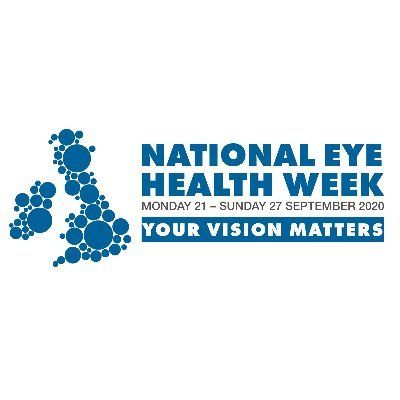
National Eye Health Week is all about promoting your eye health and explaining why we need to get our eyes tested regularly. Our eye health is just as important as our general health, and that is why we need regular check-ups like the ones we have with our GP or our Dentist. So, with today's blog our goal it to deliver information about the when's and why's that we all should be aware when it come to our eye health.
When and how often should we have our eyes tested?
Regular eye check-ups should start at the age of 4, unless there are symptoms. If you notice that your child might have a lazy or wondering eye, watches tv or devices really close up, rubes and/or blinks a lot while concentrating/reading/watching something, those are definitely signs to have a check-up. Check-ups in children should happen at least once a year, unless the Optometrist advises you otherwise.
On the other hand, from the age of 15 we will probably need a check-up once every 2 years. Again that can change if the Optometrist feels the need to change the recall date.
There are some exceptions though. Diabetics, patients with Glaucoma or >70 are likely to need an eye test every year, just to keep a close update on any eye changes or problems that are likely to happen.
What can be detected with an Eye Health Check-up?
With your eye test we will offer the Retinal Photography as an extra. Retinal Photography is basically a photograph of the inside of your eye, and that is what provides us with a detailed information of what your eye health looks from the inside out. A regular eye examination plus the Retinal Photography service will help us detect ocular refraction defects as well as cataracts, glaucoma, high blood pressure, tumours, arthritis, uveitis, blepharitis, sclerites and any other eye infections/conditions.
Consequences of not having your eyes checked regularly...
Like mentioned before, the full eye check-up will help us detect any early signs of Diabetes, Glaucoma, High Blood Pressure and even Tumours. Some of this conditions can be treated if found soon enough.
Did you know that 2 million people, in the UK only, are living with sight loss currently? Half of this numbers could've been easily avoidable if they had their eyes tested regularly. This is why it is so important to look after your eye health as much as your general health.
Do I pay for my Eye Health Check-up?
People exempt of paying for their eye health check-ups are:
- Children under 16 years old;
- Full time students from 16 to 18 years old;
- Patients with Diabetes/Glaucoma;
- Patients over 40 who's parents or siblings have/had Glaucoma;
- Patients blind/partially blind;
- Patients prescribed with complex lenses under NHS voucher scheme;
- Patients on a valid HC2 Certificate;
- Patients who are receiving: Income Support, Income based Job Seekers Allowance, Employment and Support Allowance, Pension Credit, Tax Credit and Universal Credit.
If you are not part of this list, then you are considered as a Private patient, therefor you have to support the full cost of the Eye Examination and Glasses (if needed).
Keep in mind that, as our body, our eyes benefit from our choices too, so keeping a good well-balanced diet, maintaining ourselves hydrated, avoid smoking and wearing protection against the damaging sunlight will definitely keep you on the right track to maintain our eyes healthy.
For appointments or queries, feel free to use our email or phone number. We will be more than happy to help you.
Because at Care Optics - Eye Care, We Care.






